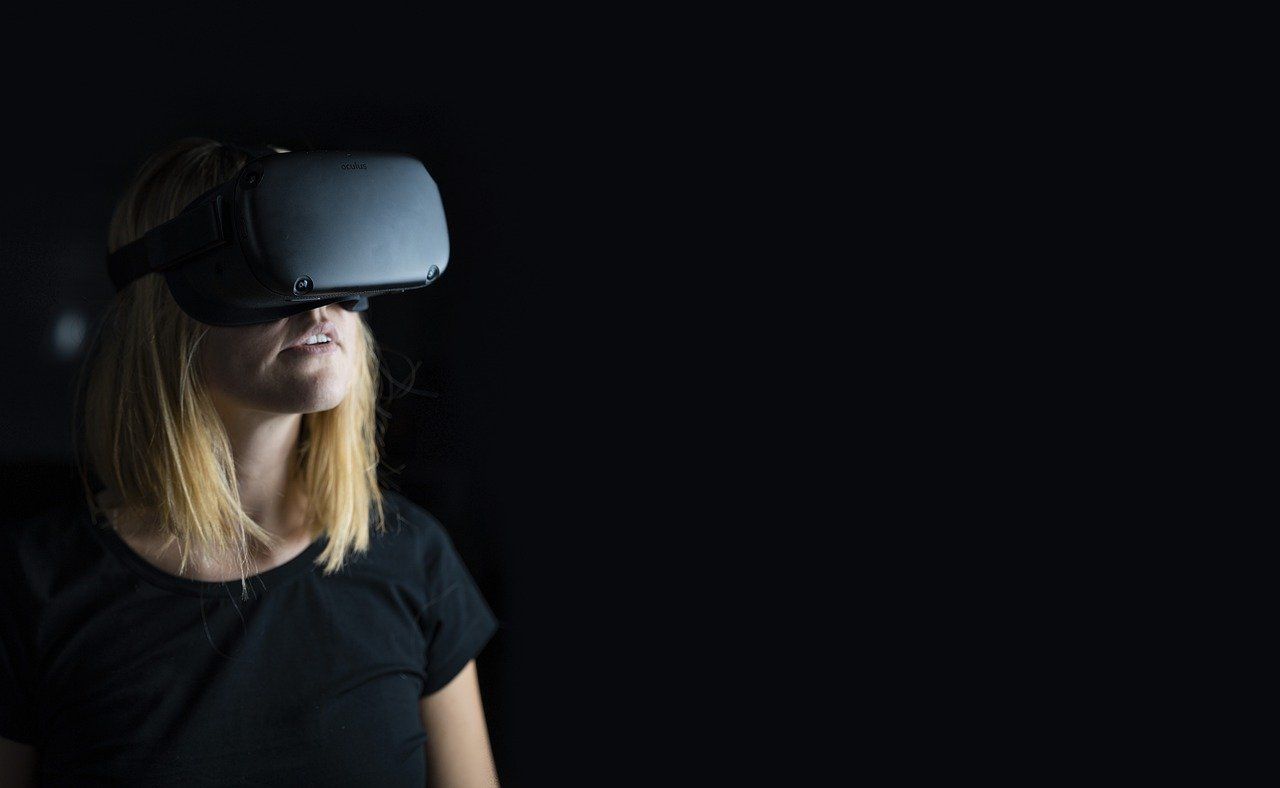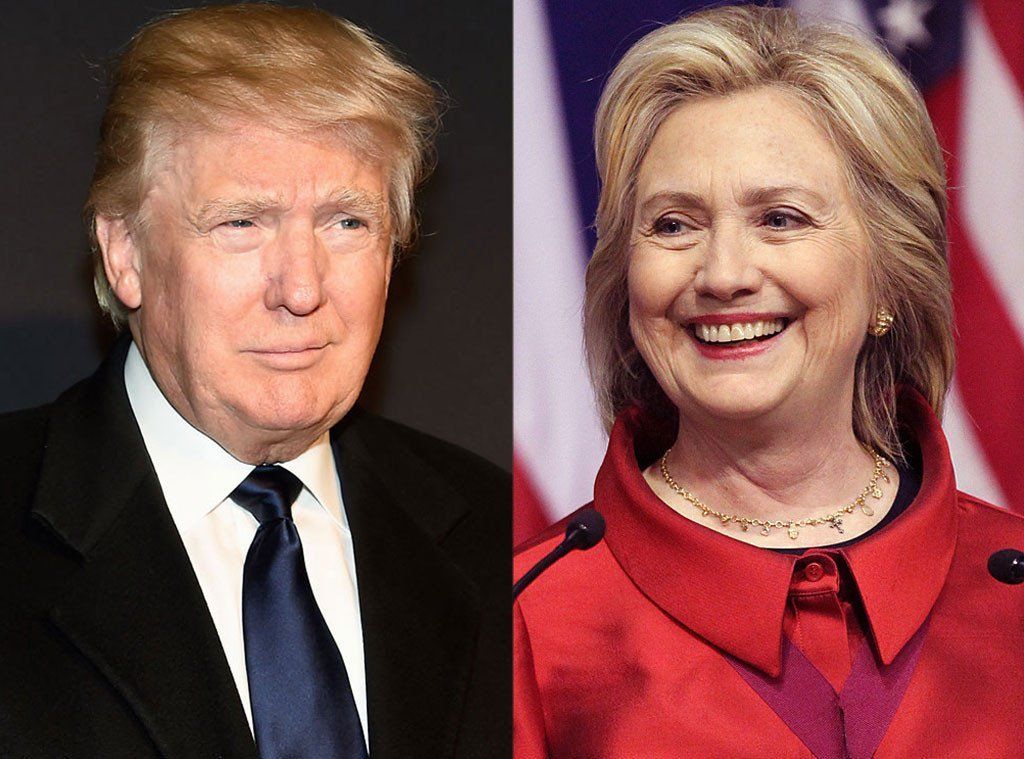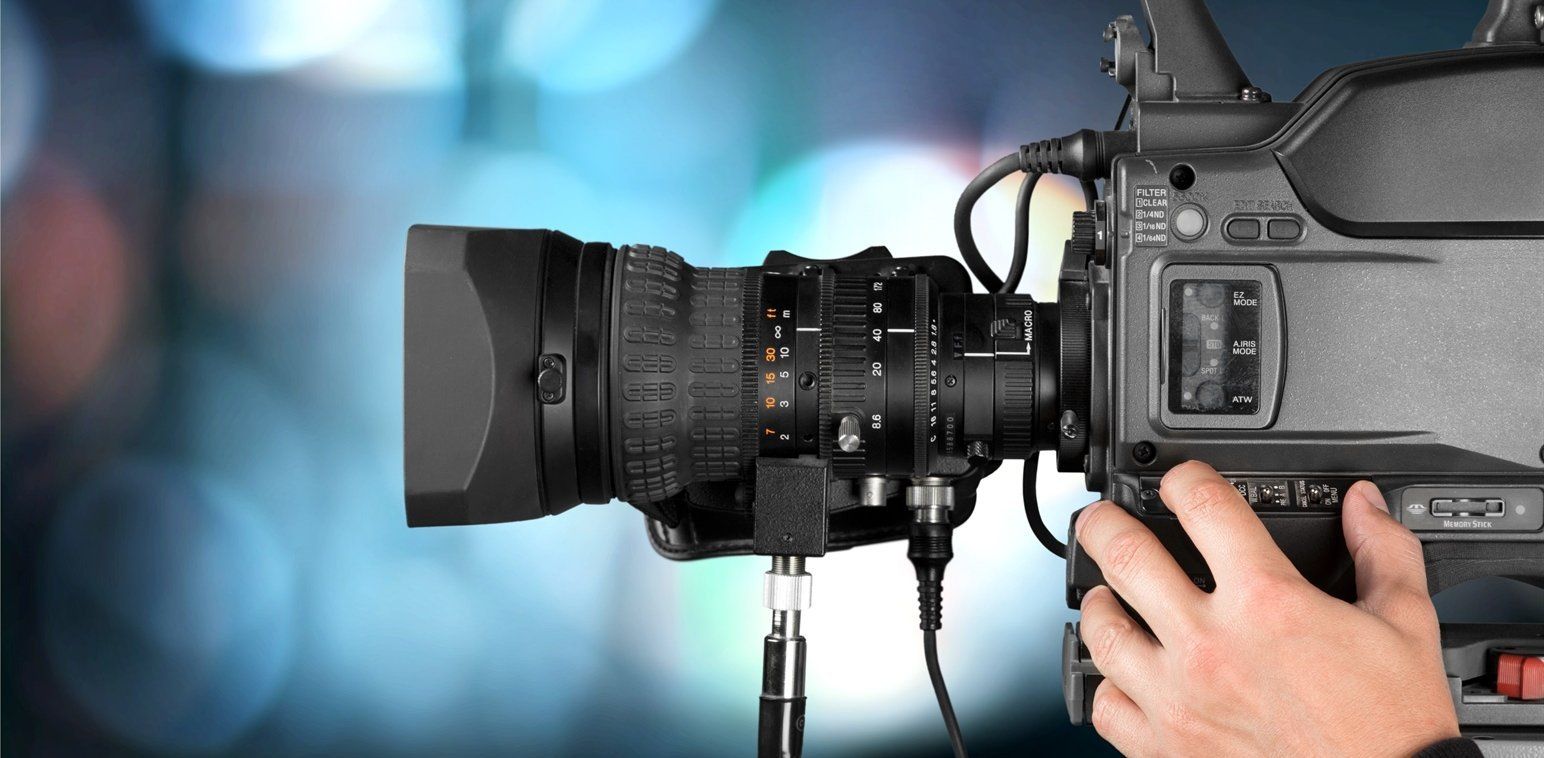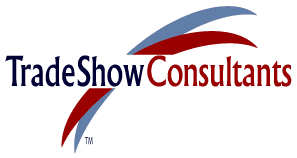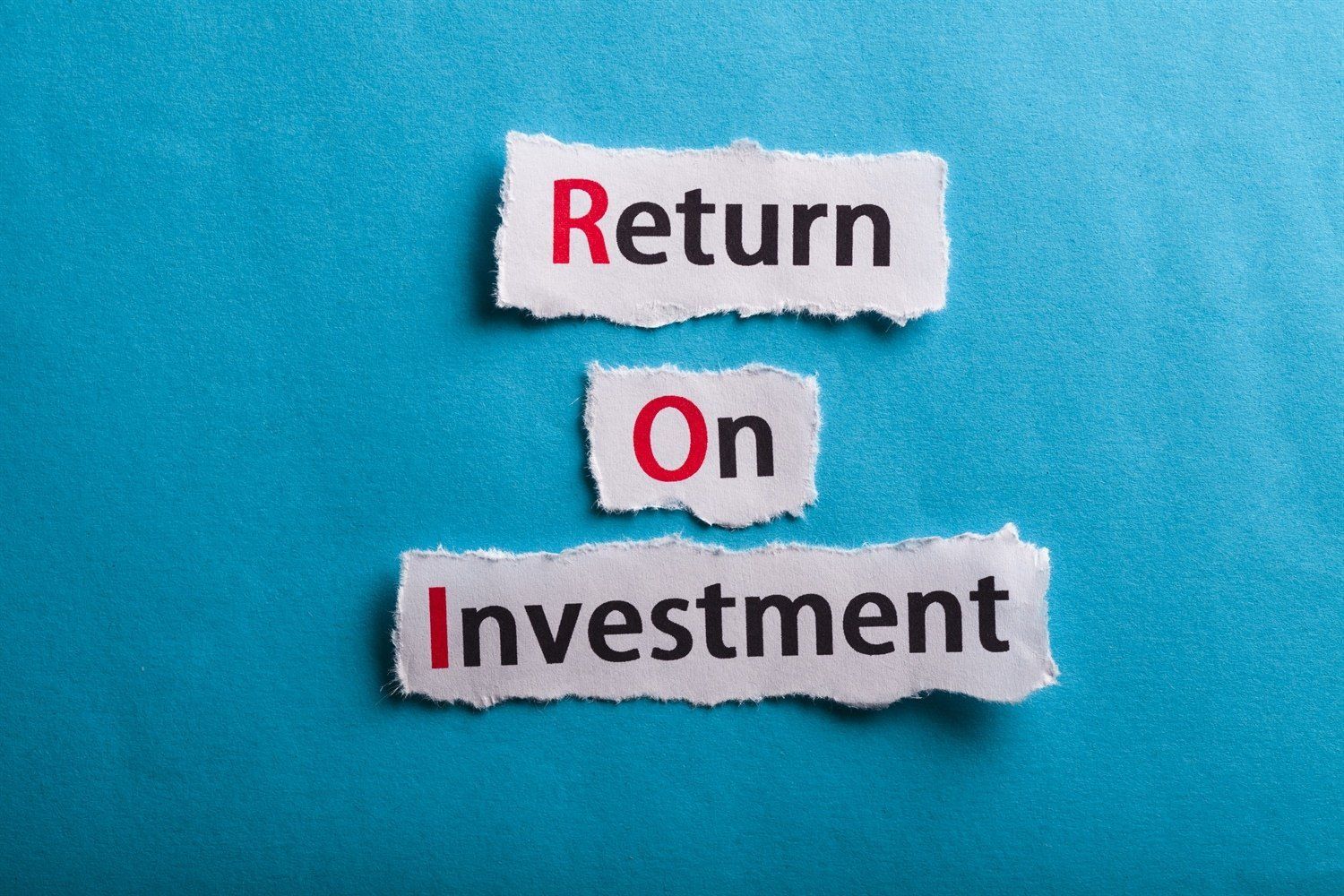A Trade Show Exhibits Manager’s Keys for Success
Over the years as a trade show exhibiting consultant, I have been asked by many what my opinion was on what it takes to become successful at managing trade show exhibiting for corporations.
While it’s often difficult to assume what “success” means for someone else, I can share with you what it meant to me to be a successful corporate exhibits manager when I worked at Sperry UNIVAC, MEMOREX, and Beckman Instruments.
Additionally, as I climbed the corporate ladder, trade show exhibiting remained a primary focal point for me in the marketing and sales areas at Kawasaki, Tektronix and especially OrCAD Systems Corp, a bootstrapped startup where the challenge of keeping the doors open existed every day.
Finding the Path
Having grown up in the exhibit business helped me understand and appreciate many facets of the fascinating trade show industry.
As a boy sitting at the kitchen table, I listened to my (late) dad, Joe LoCascio as he explained his days’ work as a graphic artist at various exhibit houses in and around New York City. I was delighted when we got to see some of the exhibits, he worked on like the IBM Christmas display windows on Madison Avenue, in New York City.
Climbing the Ladder
During weekends and school holidays, I accompanied my dad to Exhibit Craft, Inc. in Long Island to work in the shop’s graphic and paint departments stretching silk screens, mixing paint, washing silk screens and generally doing any odd job given to me.
I loved it all and knew where I wanted to work forever.
After high school, I worked fulltime at ECI and was soon promoted to assistant production manager responsible for assisting purchasing, shipping and receiving and coordinating union support services for installation and dismantling crews at various trade show convention venues in Manhattan.
Acquiring a new Olivette Underwood account, I was again promoted to manage their 25 national trade shows, ensuring exhibit properties were always well maintained, shipped on schedule, serviced around the country and strategically stored to maximize time and resources.
When ECI was acquired and moved to Brooklyn, N.Y., I accepted a job at Stewart Sauter in South San Francisco. I was their liaison with exhibit houses needing more personal services for installation and dismantling their clients’ exhibits. I had relied on Stewart Sauter to handle any ECI-built exhibits in San Francisco and developed an excellent working relationship with them.
The massive Fall Joint Computer Conference came to Brooks Hall in San Francisco where I was assigned to work as a support person to Pittsburgh’s Gateway Exhibits. Their client, Sperry UNIVAC occupied a major booth at the entrance of the hall. Their 40’x40’ custom exhibit demanded our direct shop labor and personal services, which during the show proved to be a new opportunity for me.
At one point during the show, the Sperry UNIVAC’s advertising manager asked me if I might be interested in moving to Bluebell, Penn., and working in their corporate trade show exhibits department as their exhibit’s coordinator. I accepted the offer to move from the service side of the business to the client side and headed back east.
One year at Sperry UNIVAC opened another door for me when I noticed a MEMOREX advertisement in Adweek magazine seeking a first-time corporate trade show exhibits manager position in keeping with their rapid growth. Wanting to move up and get back to California, I interviewed and accepted their job offer.
MEMOREX went through some difficult financial times a few years later and I thought it might be a good time to try my hand at selling exhibits, so I accepted a sales job at Design Enterprises in Anaheim, Calif., where I successfully made my annual sales quota during the first six months.
Beckman Instruments in Fullerton, Calif., made contact through a former moving van vendor at MEMOREX. They were looking for a new corporate trade show exhibits manager to handle some 40 trade shows a year. Naturally, I interviewed and was offered the job. I accepted.
A Revelation
Beckman Instruments had seven divisions all requiring effective trade show management and they took trade show exhibiting very seriously. Their wide range of products in biomedical research, clinical applications, environmental, process control and electronic medical devices made exhibiting at trade shows a natural for positively influencing their sales and marketing processes.
Fortunately for me, the corporate staff included a vice president of sales, who saw the potential of improved management of their trade show exhibiting function. He challenged me to develop a program that effectively and efficiently supported his worldwide direct sales team and offered any support I needed to make it happen.
At my first Federation of American Societies for Experimental Biology, held at the old Atlantic City, N.J auditorium, he and I had an opportunity to climb the stairs and sit high above the exhibit floor to observe how our two 20’x40’ island exhibits were functioning. We watched some prospects enter our booth, walk around and all but be ignored by our untrained booth staff before walking out of our booth.
Reminded just how much this show alone cost Beckman Instruments in terms of renting the exhibit spaces, creating and shipping exhibit materials across the country, pulling employees out of the office and field, not to mention hotel and airfare costs, the vice present of sales sitting next to me nearly lost his cool composure seeing what was happening on the show floor.
“This has to and will improve starting right now.” He said.
Message sent. Message received.
Count On It.
There’s an old saying that if it can be counted, it can be managed.
Beckman’s financial, time and employee investment in this trade show can easily be counted. What can’t be easily counted is how much business was not being conducted on the show floor. Was it even worth exhibiting at the trade show unless serious improvements were made?
With the vice president of sales’ committed support, I began to first develop a baseline of defining why Beckman Instruments’ exhibits at trade shows and shared it with the various sales and marketing department heads to gain their support.
I quickly learned that philosophies between marketing and sales are vastly different in as much as marketing tends to be staffed with strategic thinkers, while the sales team is more immediate and tactically driven.
To better manage numbers, I had to rely on establishing new exhibiting goals and objectives for actually selling products and using that data on which to build a new trade show exhibiting program.
When the research was completed, both sales and marketing management agreed that;
- Beckman’s average sale at that time was $20,000.
- It usually took about four to six months to close a deal.
- While magazine advertising effectively stimulated markets, Beckman’s sophisticated analytical instruments could not be easily demonstrated via the sales literature sent out. (This is not as much of an issue today thanks to the internet and company websites.)
- Researchers who specify, use and influence the purchase Beckman’s products are often found difficult to visit especially when the field sales organization responds to their request for more detailed information.
- Seeing Beckman’s analytical instruments function live is one of the best ways to demonstrate their ease of use, power and speed at providing answers.
- Because of their size, weight and complexity, Beckman’s Instruments were not ideal for office or in-lab live demonstrations by the field sales team.
- The sales team struggled with maintaining current prospect/client lists when about 30% of their contacts moved or changed jobs every year.
- New prospects had to be continually added to the sales force’s CRM programs to maintain their sale numbers and stay competitive.
- The expensive, but required process of using magazine space advertising to stimulate markets proved to be less effective, especially when weeks later a prospect didn’t remember asking for it and/or his/her lab wasn’t organized well enough to find it.
- Training the field sales team on new or improved products was time consuming and very expensive in both the field and at the home office. The trade show could be used to train the sales force - saving time and money, since most all instruments on display were calibrated and could perform live analysis on the trade show floor.
Change for Good.
With this new trade show exhibiting goals and objectives document supported, it was time to implement major changes at the most important trade shows and use a trickle-down strategy to eventually improve all 40 shows.
The above is the first step to successfully establishing a baseline for what is to be expected. And the key to that, what makes it possible is considering trade show exhibiting as it relates to sales, because sales and the related time and expenses can be counted and managed.
Once the foundation has been established, what can the trade show exhibits manager do to fulfill these goals and objectives?
- Take charge and be responsible for the planning and execution of the entire exhibiting function.
- Consider exhibiting at trade shows more of a tactical selling function and report directly to a tactical vice president of sales and not necessarily marketing or advertising management.
- Plan ahead to ensure all parties are on board with your program.
- Work the booth for the entire show. Be seen managing all the complexities that trade show exhibiting presents.
- Produce a pre-show briefing memo well before the event outlining the ins and outs of the show.
- Become your company’s trade show exhibiting expert.
- Stage a pre-show planning meeting the evening before a show opening where sales and marketing join to follow your lead in preparing for the show.
- Support the selling and support efforts in the booth and help those on duty make the most of their time.
- Get exhibitor’s badges in advance and distribute them to your people at the pre-show meeting so they don’t have to waste time waiting on line at the exhibitors’ registration desk.
- Take notes of what works and what may need improving.
- Create a post-show evaluation document outlining what worked and what needs to be done to improve the next trade show.
- Develop a booth duty schedule allowing time for meals, rest, and competitive research.
- Ensure that the sales lead management function in the booth is working properly and the sales leads are rated from cold to warm to hot.
- Establish a booth command post where messages, schedules and overall exhibit management resides to service anyone who needs assistance.
- Lead by example in the booth and remain as professional as possible at all times.
- Encourage your top management to also work the booth side by side with the sales and marketing teams to build trust and share knowledge and experiences.
- Arrange for all possible products and services in the booth to be demonstrated as proof of functionality and value.
- Encourage booth personal to wear clothes clearly identifiable as your booth staff.
- Keep the booth clean and functioning allowing sales and marketing to do their specific tasks while you support them.
- Listen for new ideas to improve and/or problems and remain objective to suggestions.
When your company peers see you so dedicated, committed and capably in charge, they will give you their respect and continued support for how far you want to lead them in maximizing your trade show exhibiting effectiveness.
When done correctly, exhibiting at trade shows under your direct management could create more quality sales, shorten the selling cycle and impress prospects, customers, and sales and marketing associates - all under one roof of convention centers around the world.
Peter LoCascio
Founder


